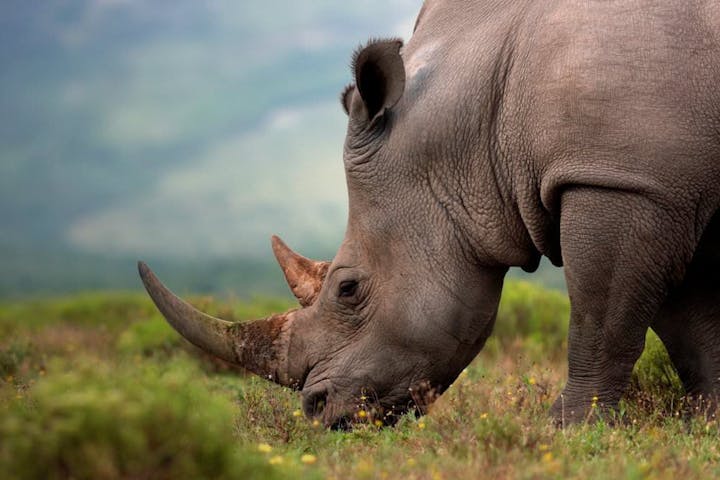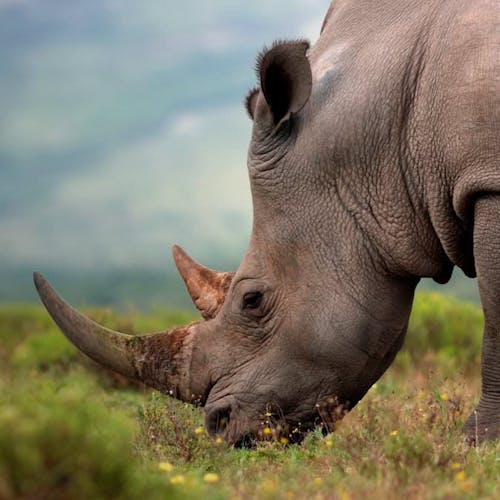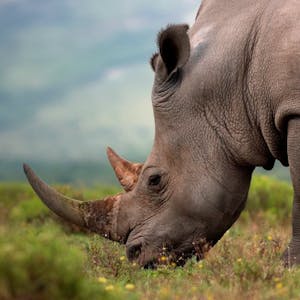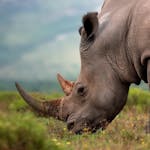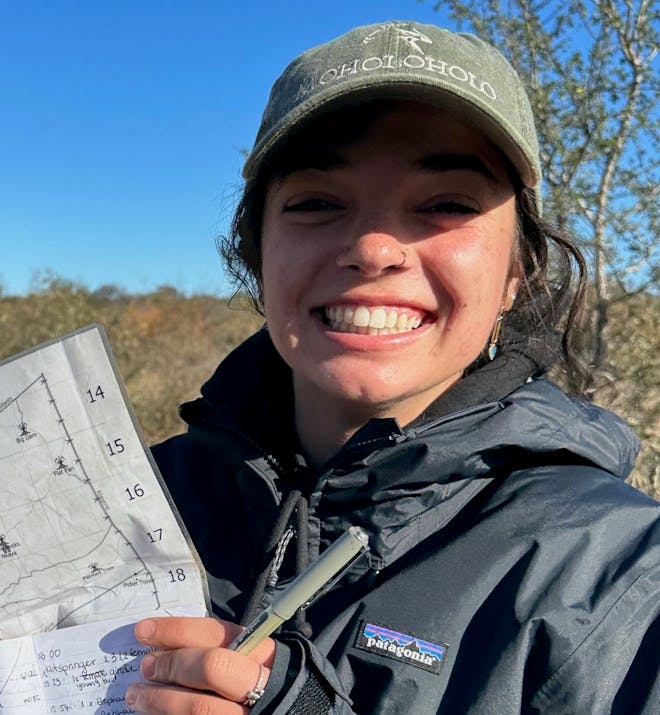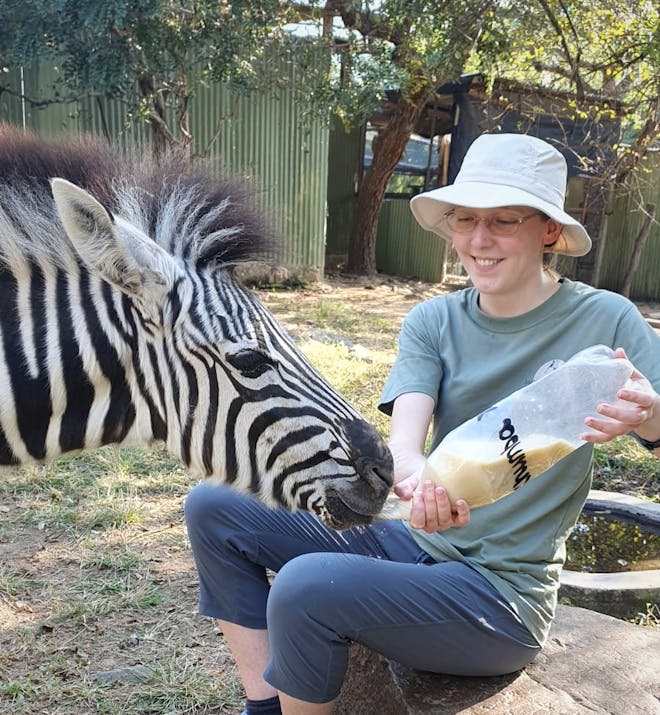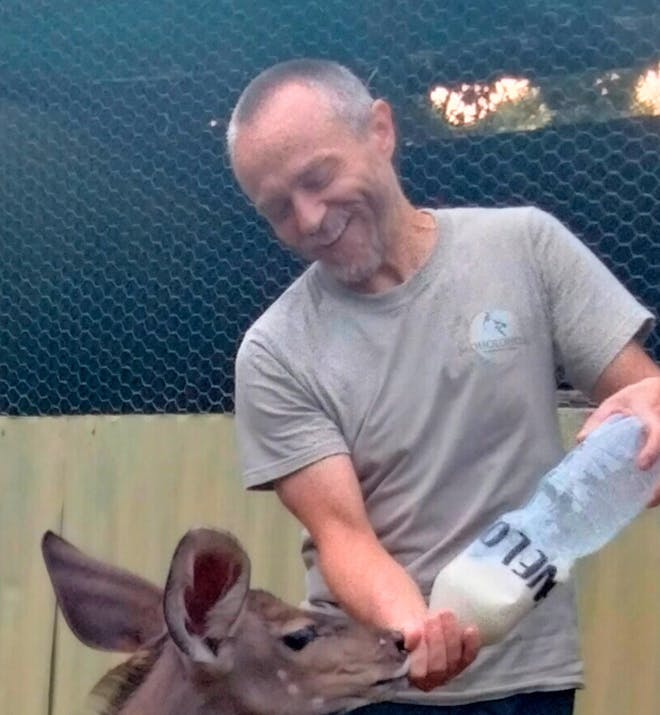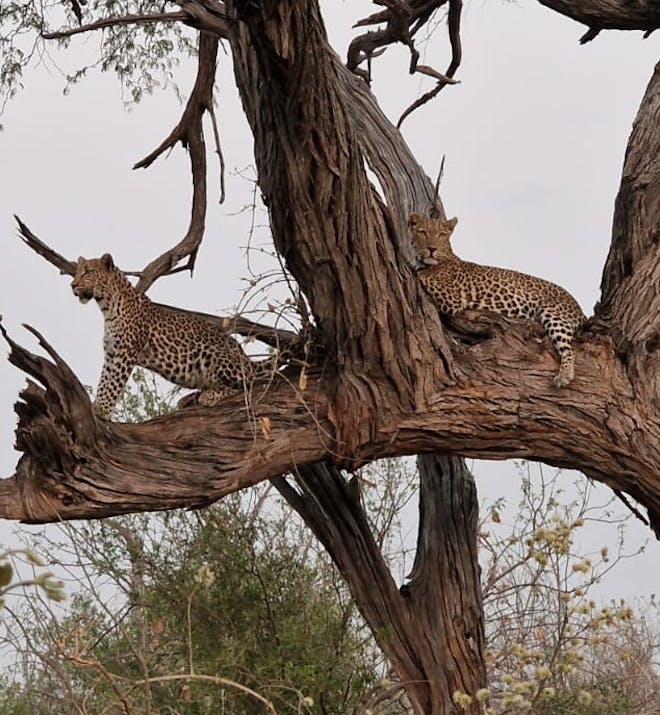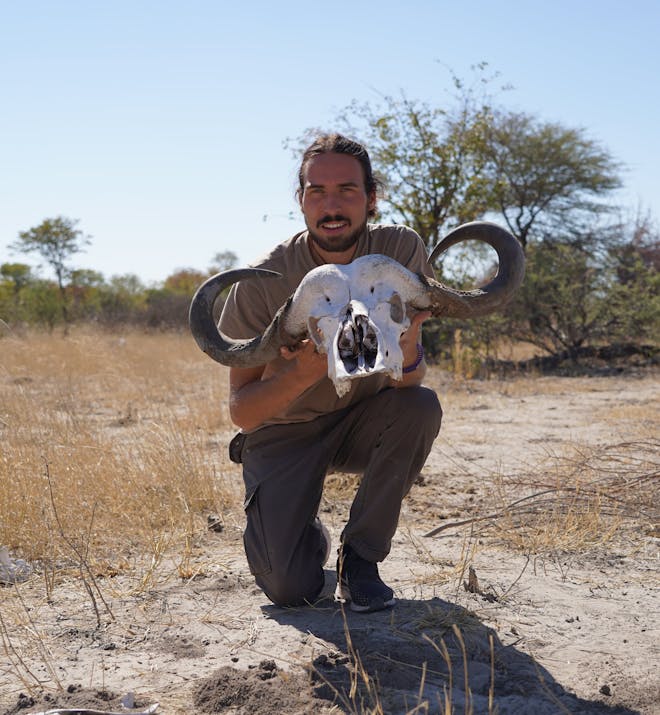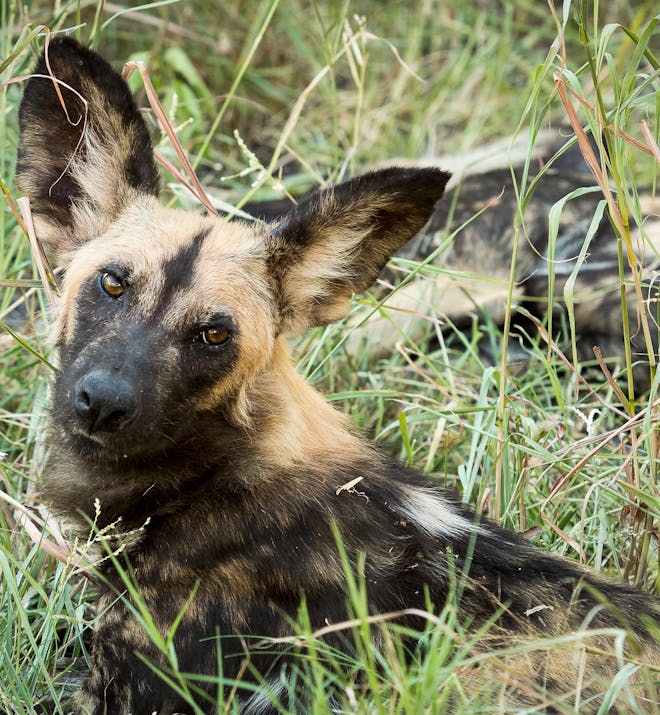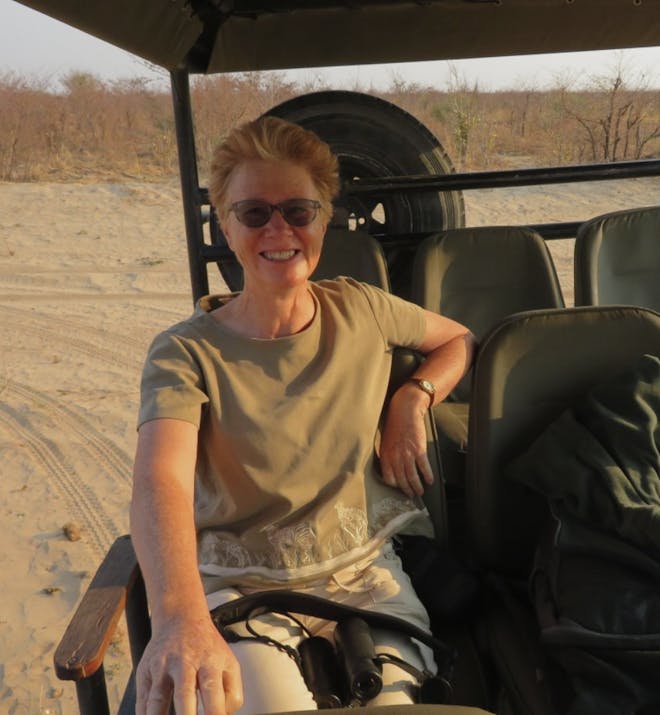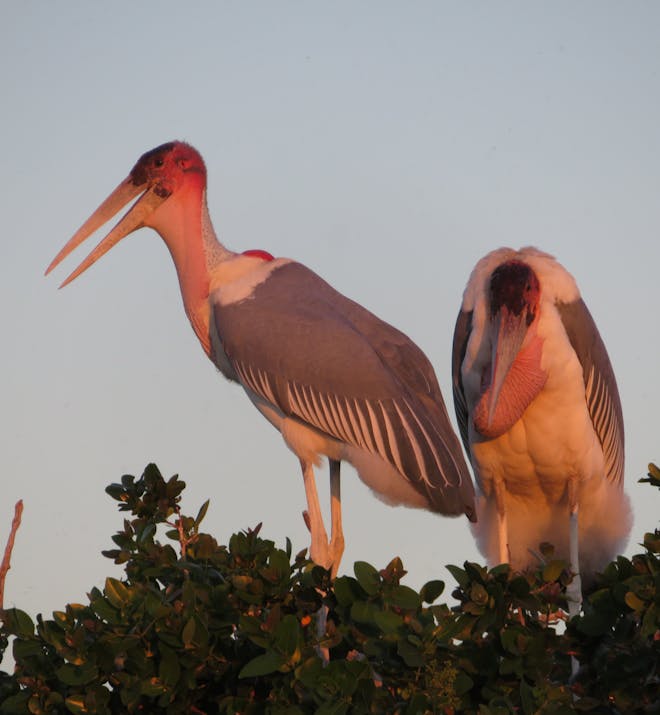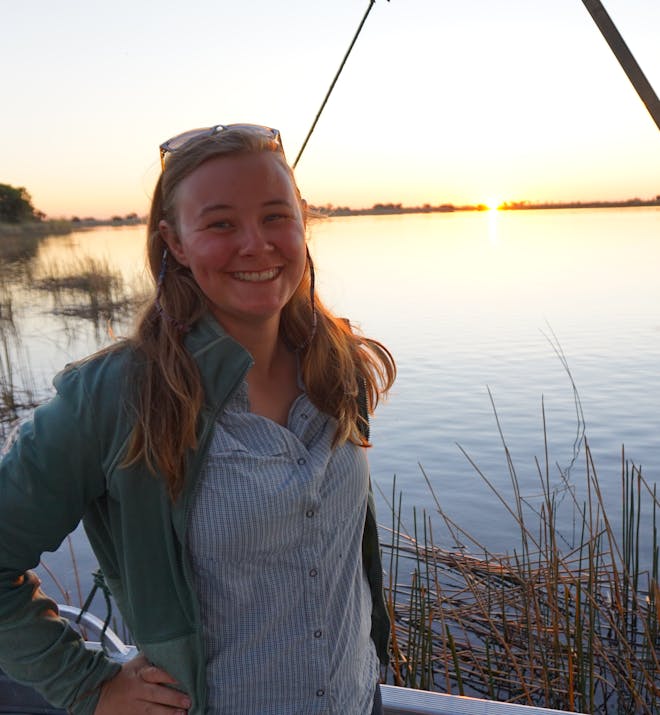


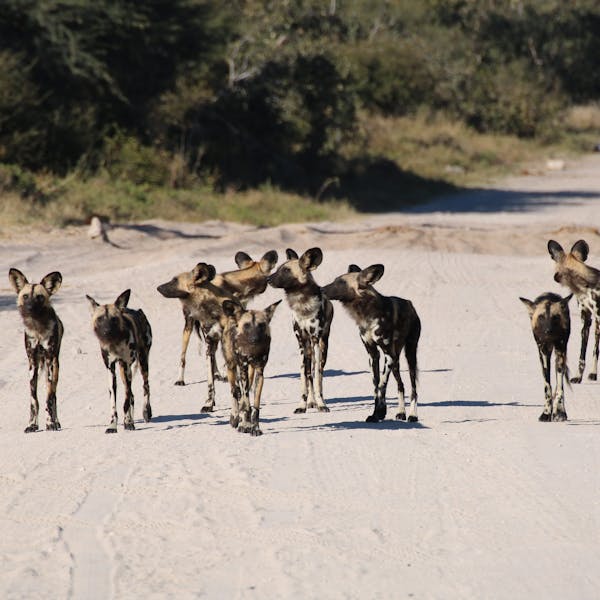
Volunteer with African wild dogs abroad
Join conservationists striving to protect the last remaining African wild dogs
After two days of trekking through the landscape of the Okavango Delta, you spot a flash of colour: dappled black, brown, and white weaving through the undergrowth. It’s the distinctly ‘painted’ coat of a pack of wild dogs slipping by, their round ears swivelling to catch every sound.
You’re now part of a small number of people who have shared this rare pleasure. A sighting of the animal that is sometimes called an African-painted wolf, painted wild dog, or African hunting dog.
Why choose to volunteer with wild dogs in Africa?
African wild dog habitats are areas of true wilderness, and they need them to be vast. These animals live not just as a pack, but as a close-knit family unit. The intensity of their family relationships makes them strong - they’re one of the most successful hunters in the savanna - but it also makes them vulnerable. If just one family member is exposed to an infectious disease such as rabies, the entire pack could fall.
If you want to be on the front line supporting an endangered species, there couldn’t be a better time to get involved.
- Monitor, study and record the behaviour of wild dogs in their natural habitat
- Work alongside teams who have in-depth knowledge of conservation issues concerning African wild dog populations
- Tailor your experience to improve particular skills in areas of conservation or zoology
- Escape the tourist routes and discover some of the most stunning and diverse landscapes in southern Africa
Choose your African wild dog conservation project
Moholoholo Wildlife Rehabilitation Centre
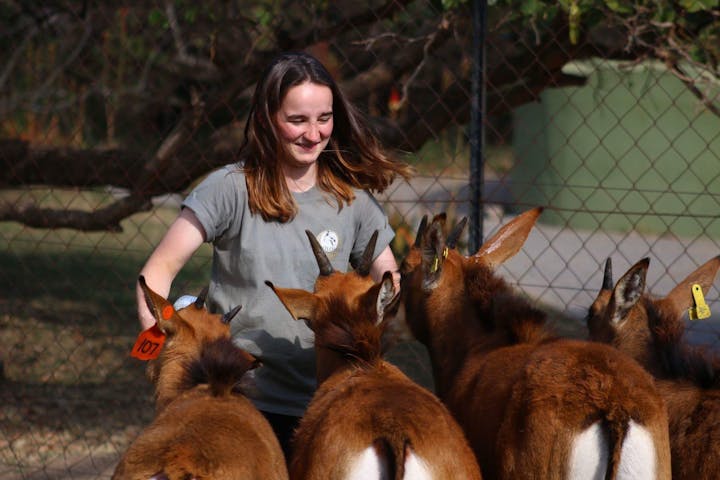
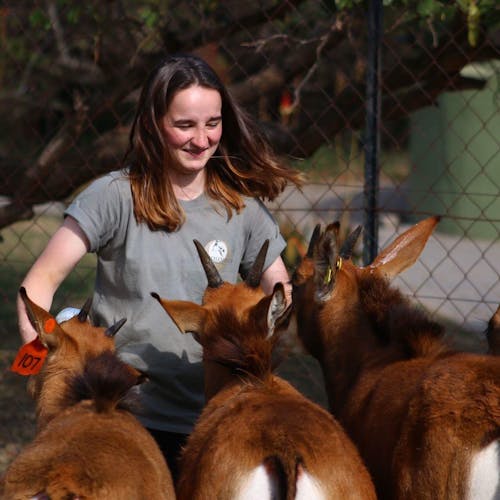
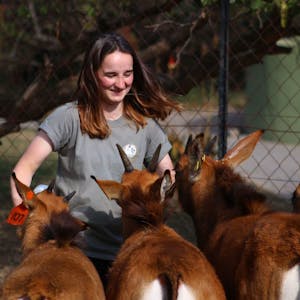
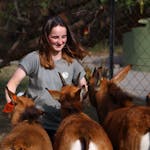
Okavango Wilderness Project
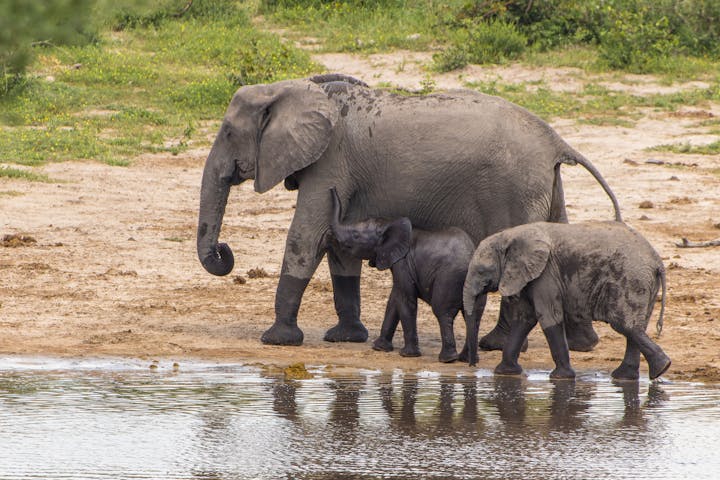
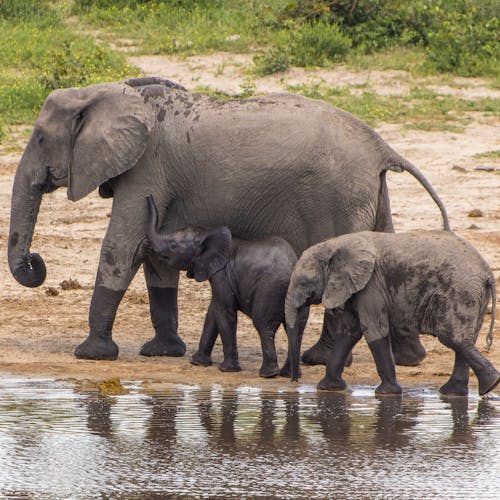
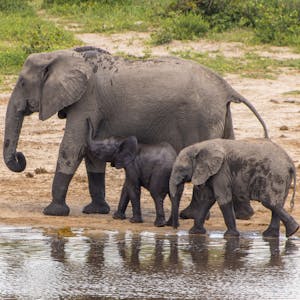
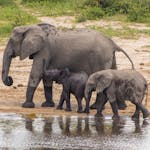
The Vikela Kruger Conservation Experience
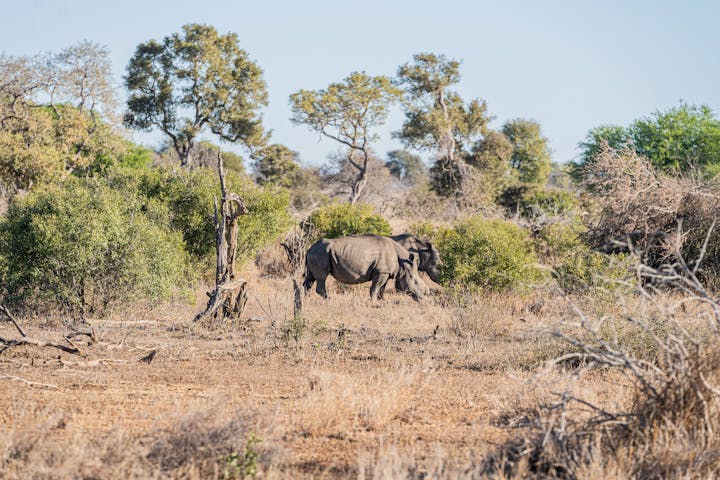



Traveller Stories
7 facts about African wild dogs
1) Many mouths to feed
An alpha female typically has a litter of 10 to 12 pups, but sometimes it can be up to 21 pups! That's more than any other dog species!
2) What’s all that noise?
Special muscles allow the large rounded ears of African wild dogs to swivel, giving these predators incredible hearing.
3) Skilled hunters
These predators are the endurance champions of the savanna. They can cover huge distances at up to 44mph - that’s 70kph - the same speed as a greyhound!
4) Beautifully unique
Their distinct colourful, patchy coat is not only beautiful but also completely individual. Like a human fingerprint, it's a unique identifier for each animal.
5) All for one and one for all
When pregnant females or pups are in the den, the rest of the pack will return from a successful hunt to regurgitate meat to feed the mother and pups.
6) Collaboration is key
With one of the highest hunting success rates among large African carnivores, the pack’s dynamic teamwork is a great indicator of the intelligence of the African wild dog.
7) King and Queen
African wild dogs have a distinctive pack structure led by a dominant pair—an alpha male and female— who lead a group of up to 20 individuals.
Want to learn more? Read our wild dog fact sheet!
Conservation spotlight: what's in a name?
Commonly referred to in South Africa as African wild dogs, there are over 10 other names to pick from, including Cape hunting dogs, African-painted dogs, and African-painted wolves. Despite the various names, African wild dogs are only distant relatives to both European and American wolves and domestic canines.
Their Latin name Lycaon pictus directly translates as painted wolves, a name that depicts the mottled white, brown, and black colouring that gives each animal its unique patterned coat. Their lean build, 'satellite dish' ears, and team-orientated approach to hunting make them incredible predators on Africa's plains and savannahs. They are opportunistic, meaning wild dogs hunt a wide variety of prey. Their diet is made up of mammals like antelopes, warthogs, wildebeest, calves, and rats, as well as birds and insects.
Conservation of a species: habitat fragmentation to human-wildlife conflict
African wild dogs are key to maintaining ecosystem balance through their role as one of Africa’s most successful hunters. They contribute to biodiversity by controlling prey populations and their movements. With decreasing numbers, the International Union for Conservation of Nature (IUCN) has classified African wild dogs as Endangered (EN) and the second-most endangered carnivores in Africa. This highlights the critical urgency of their conservation efforts.
So, how do we protect this species? Understanding the challenges they face is the first step. Even in protected areas with lots of food and water sources, the habitat may not be suitable for the pack as they could be competing with other large predators like lions and spotted hyenas. These larger predators also directly prey on wild dogs.
Even though wild dogs are fast and determined hunters, they lack the strength to fend off lion or hyena attacks. In the face of such threats, they retreat to less favourable habitats. However, with their remarkable hunting success rate of approximately 80% and their ability to cover long distances, they’re able to raise their pups safely away from alpha predators.
Another threat comes from the coexistence of domestic and wild canines. Despite their distant relation to domestic dogs, African wild dogs are highly susceptible to the same diseases. Infection can spread rapidly within their family groups as they regurgitate food for their young. Implementing a vaccination programme for domestic dogs near territories of wild dogs can reduce disease transmission.
Habitat fragmentation also poses a significant threat, as wild dogs require large areas to thrive. Creating wildlife corridors that allow them to move between areas of land is a successful way to prevent population isolation and improve genetic diversity. Wildlife corridors can also be used to steer packs away from areas with livestock, reducing the risk of conflict with humans. Collaboration among governments, private landowners, and local communities is essential to creating and maintaining access to these corridors.
African wild dogs are tough, impressive animals, but these are just some examples of the threats they face from every angle. Without space and conservation efforts, the way that these animals live, breed, and hunt as a unit goes from being one of their greatest strengths to their biggest vulnerability.
Explore other volunteering types
Adventure Learning Experiences
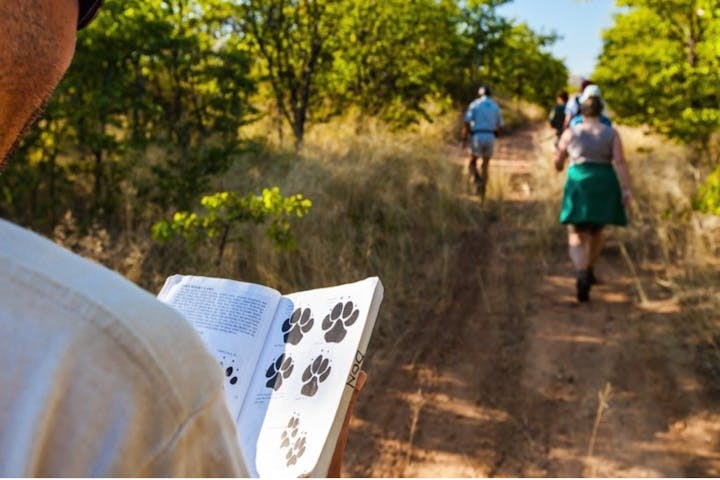
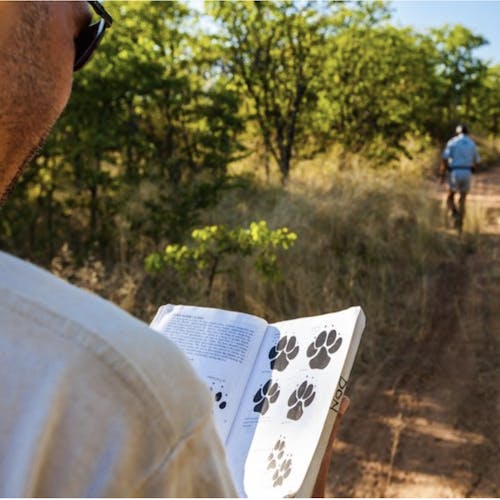
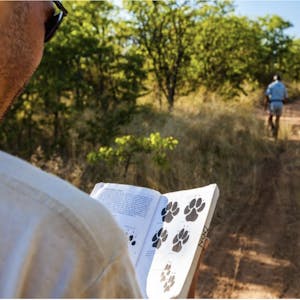
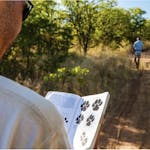
Gap Year Travel

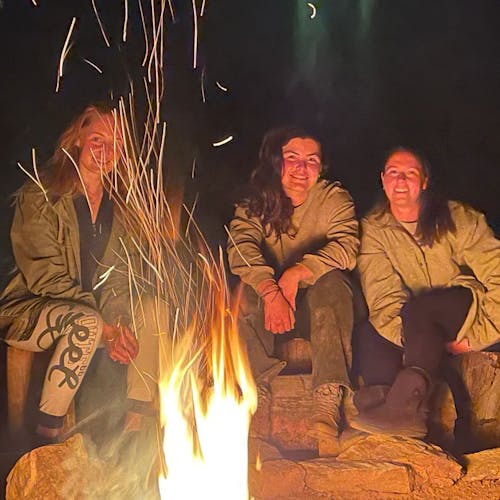
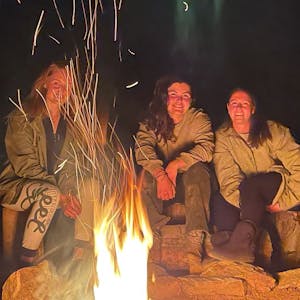

Internships
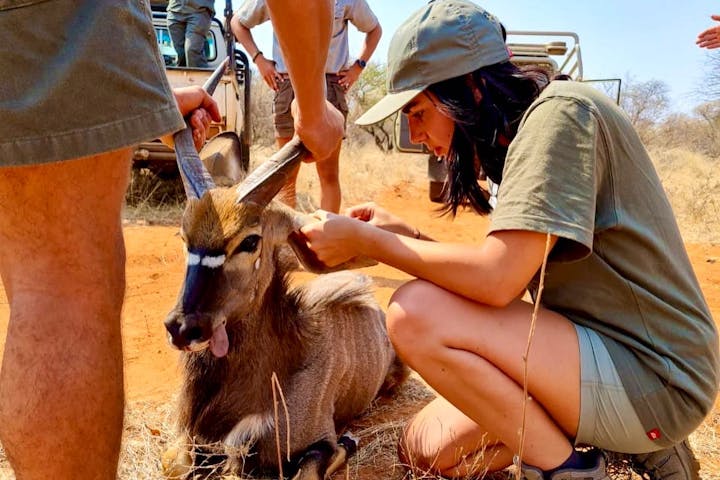
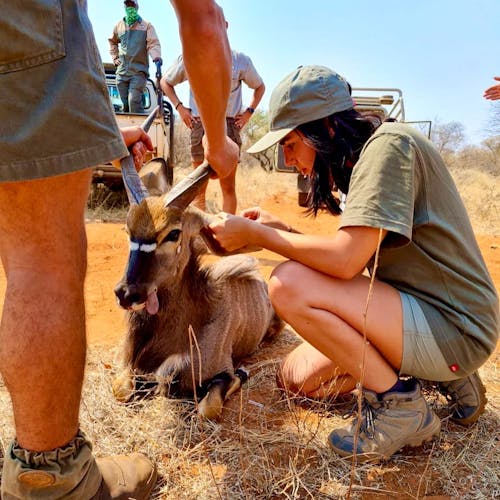
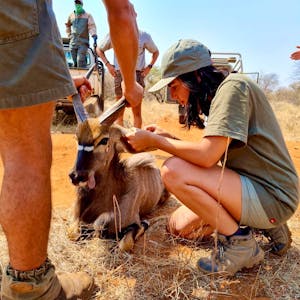
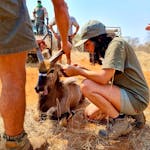
Marine Conservation Projects
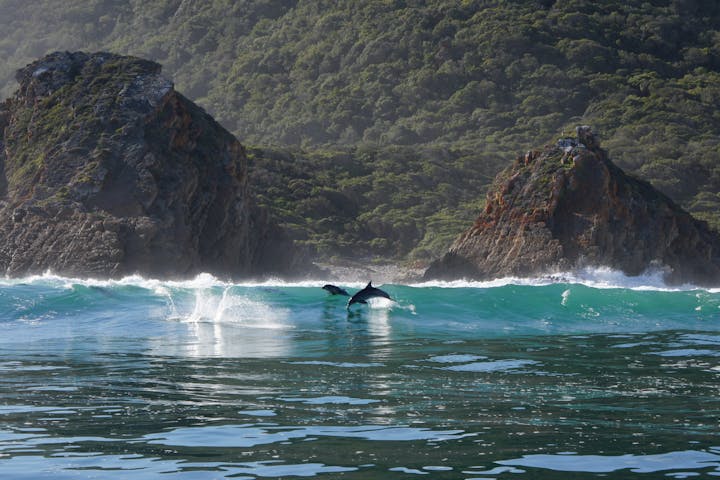
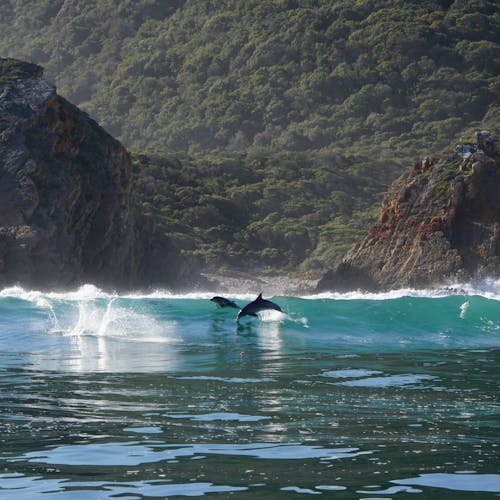
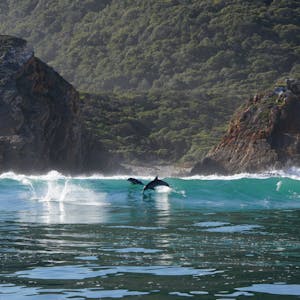

Sabbaticals & Career Breaks
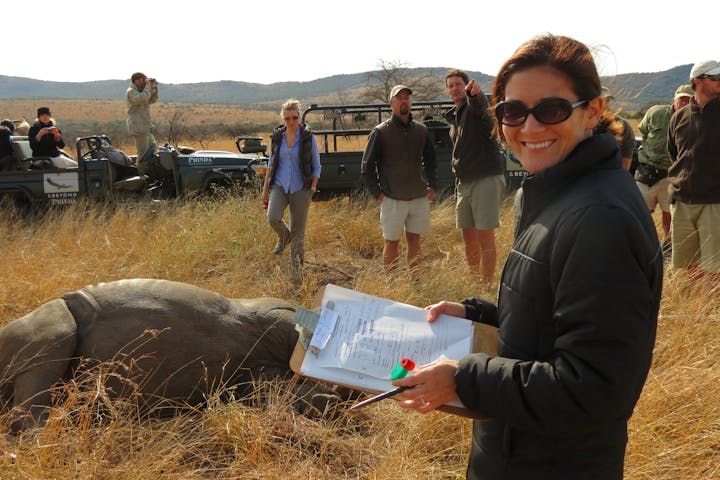
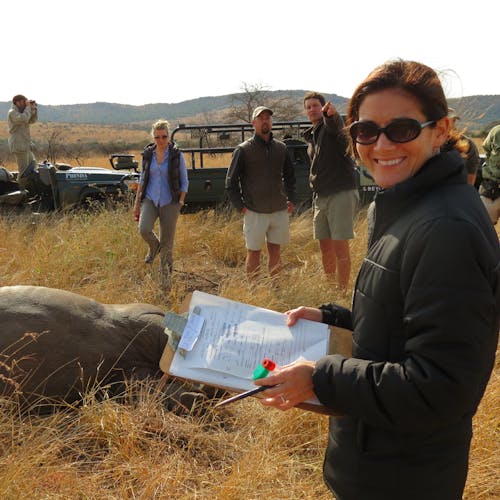
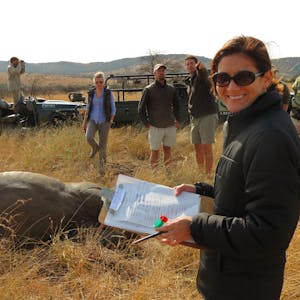
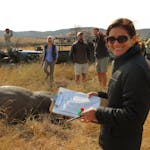
School & College Field Trips

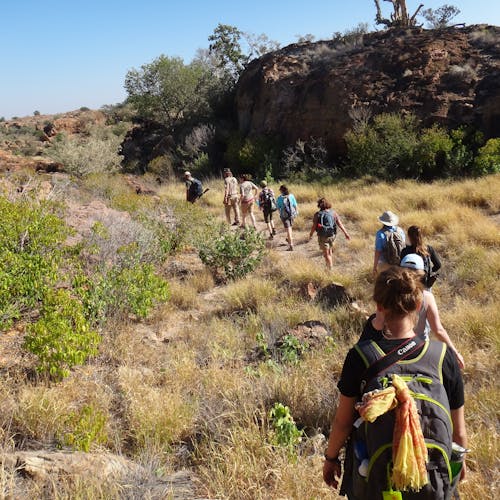
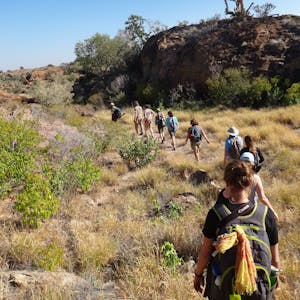
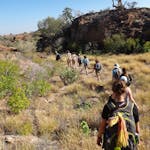
Short Experiences
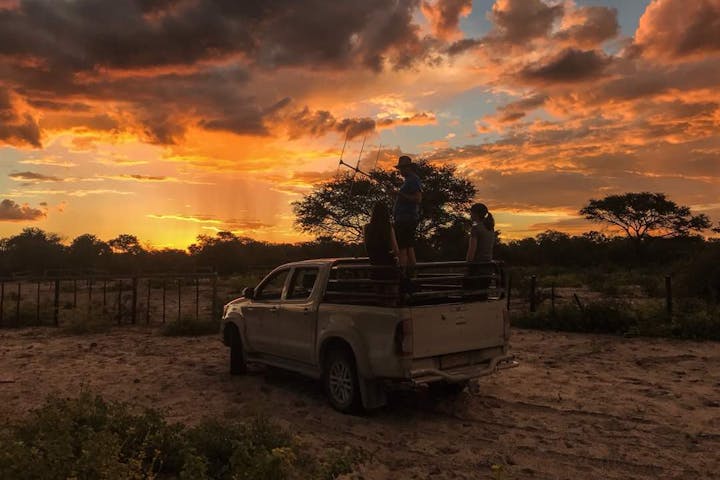
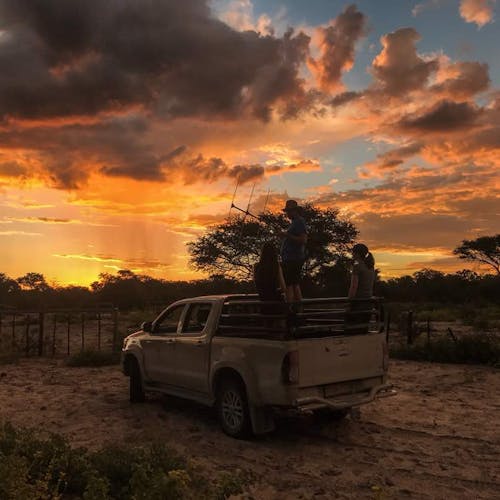
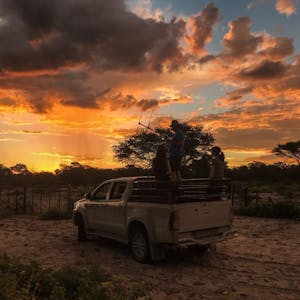
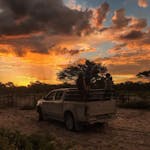
Wildlife Care & Rehabilitation

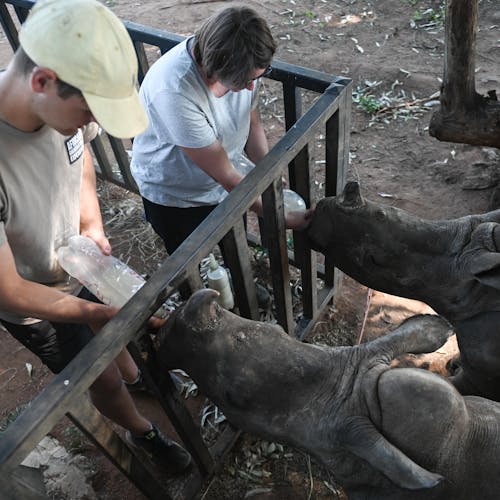

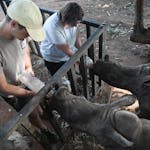
Wildlife Research & Management

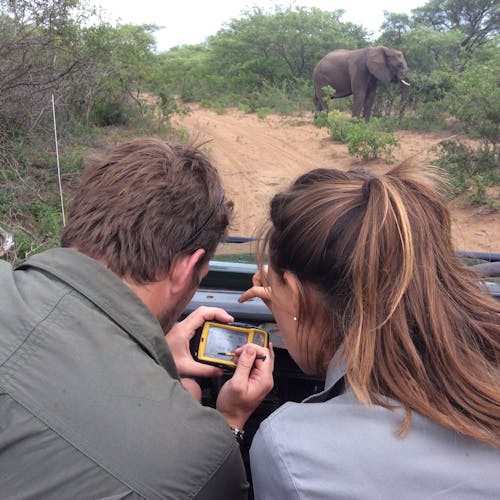

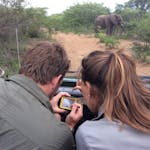
Wildlife Veterinary Projects

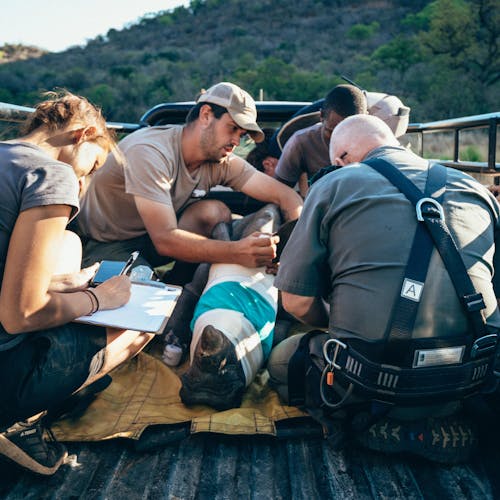
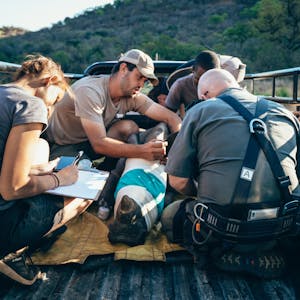
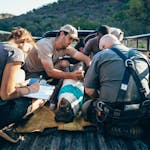
Or explore by animal
Elephant Conservation Projects

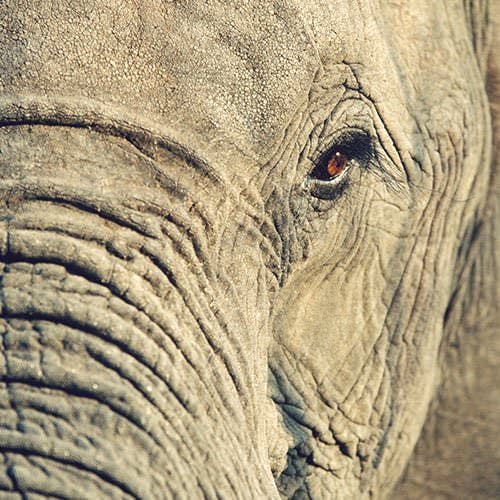
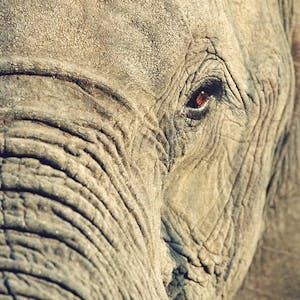

Lion Conservation Projects
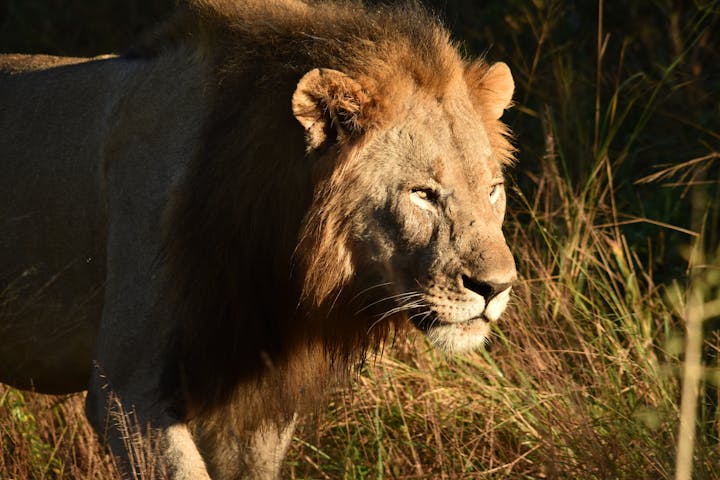
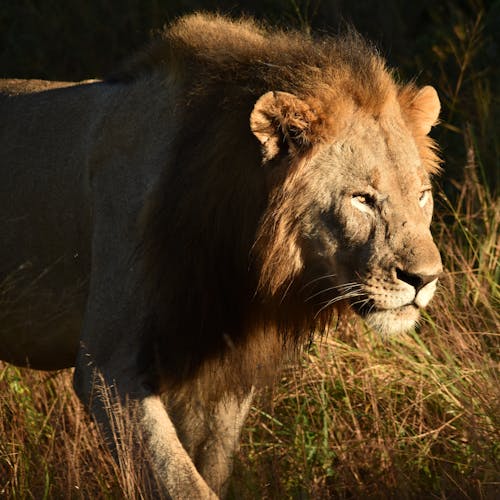
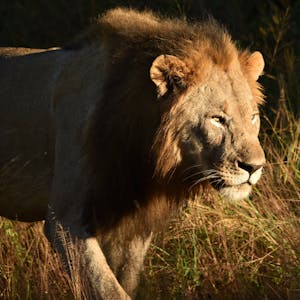
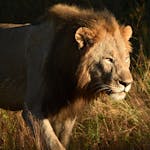
Rhino Conservation Projects
